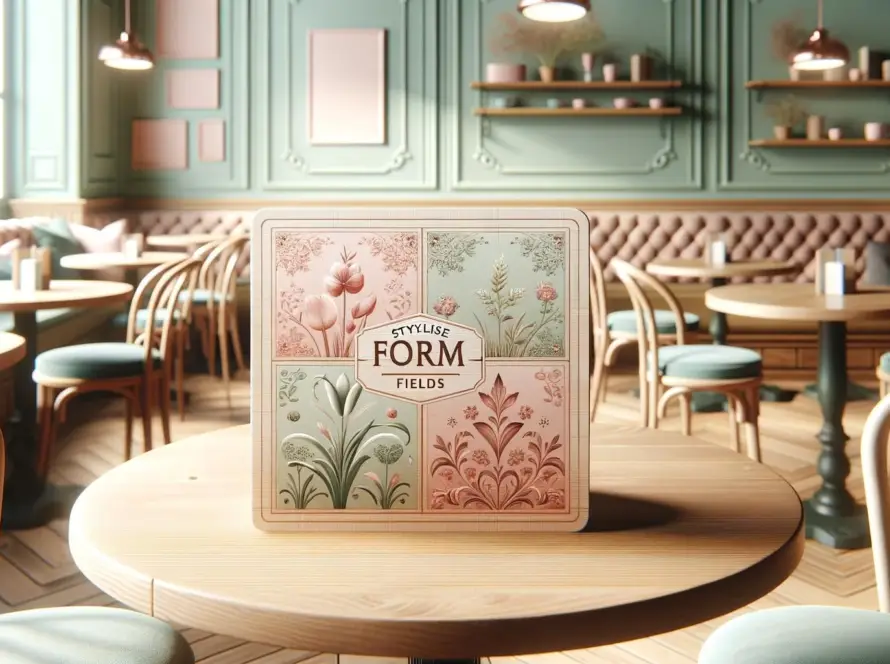Generated by Contentify AI

Key Takeaways
- Neumorphic design is a popular design trend that aims to create a soft, extruded look.
- CSS can be used to implement Neumorphic designs by playing with box shadows and colors.
- Achieving a Neumorphic design involves creating light and dark surfaces to simulate depth and realism.
Introducing the latest trend in web design – Neumorphism. This innovative design style combines the principles of skeuomorphism and flat design to create a soft, futuristic look that is taking the design world by storm. With its subtle shadows and highlights, Neumorphic designs give websites a sense of depth and tactility, making them visually appealing and engaging for users.
One of the key elements in achieving Neumorphic designs is leveraging CSS to create the illusion of objects pushing through the background. By carefully selecting colors for light and dark modes and manipulating box shadows and gradients, designers can bring a sense of realism to their interfaces. The delicate balance of soft light and shadow gives Neumorphic elements a 3D effect, inviting users to interact with the design.
Implementing Neumorphism with CSS requires attention to detail and a keen eye for subtlety. With the right combination of colors, shadows, and highlights, designers can create buttons, cards, and other UI elements that appear to be raised from the screen, adding a touch of elegance to websites. By mastering the art of Neumorphic design, web developers can stay ahead of the curve and offer users a modern and visually captivating browsing experience.



